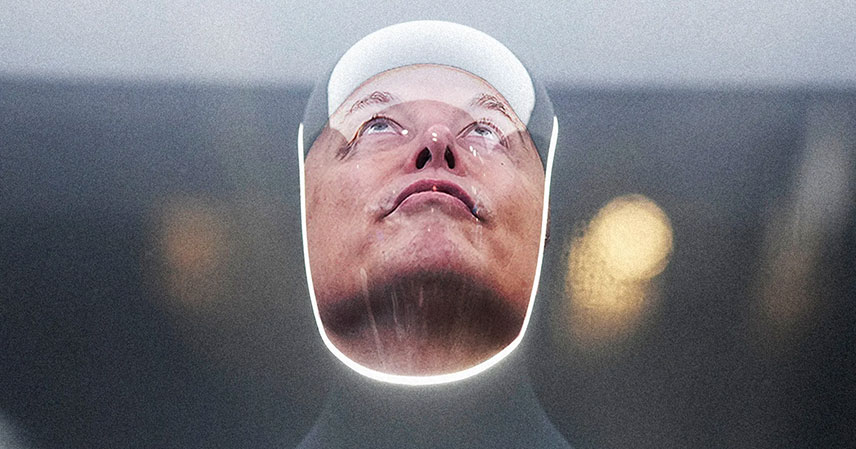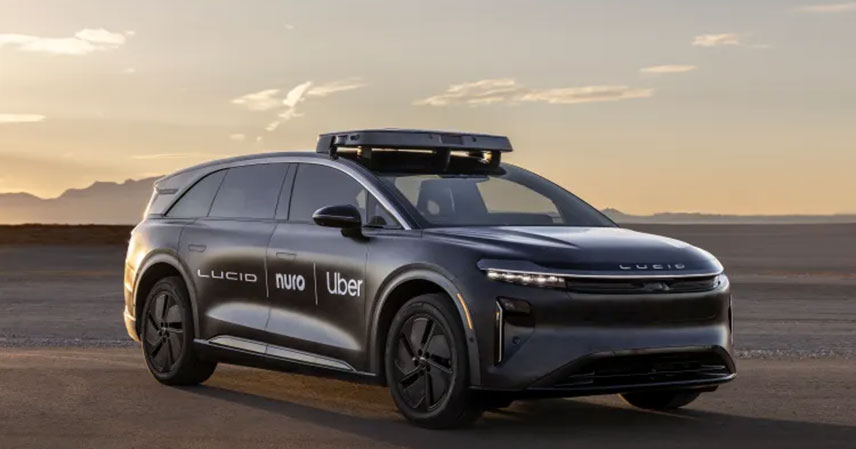Elon Musk, the visionary CEO of Tesla, finds himself at a pivotal moment. While his ventures outside Tesla have garnered significant attention – from Twitter acquisitions to political endorsements – the electric vehicle giant faces growing competition and declining sales. To refocus Musk and propel Tesla to unprecedented heights, the company’s board has proposed a groundbreaking $1 trillion compensation package, a move that’s as ambitious as it is controversial.
This unprecedented plan hinges on Tesla achieving ambitious targets over the next decade, transforming the company from a leading electric car manufacturer into a dominant force in autonomous vehicles and robotics. The sheer scale of the proposed compensation reflects Musk’s audacious vision for the future of Tesla and its potential to reshape the global economy.
The $1 Trillion Pay Package: A Deep Dive 💰
The Tesla board’s proposal outlines a complex compensation structure tied directly to Tesla’s performance across various key metrics. Musk’s potential $1 trillion payout isn’t a guaranteed windfall; it’s contingent upon the company reaching extremely ambitious goals within the next ten years. This bold strategy aims to incentivize Musk to prioritize Tesla’s core business and deliver on long-promised innovations.
This isn’t just about increasing shareholder value; it’s about achieving a fundamental shift in the automotive and technology landscape. The package essentially transforms Musk’s compensation into a bet on the future of autonomous vehicles and robotics, areas where Tesla has made significant investments but has yet to fully realize their market potential.
Tesla’s Ambitious Goals: 20 Million Vehicles and Beyond 🚗
The proposed compensation package is directly tied to four major product-related operational goals and eight financial performance goals. These goals are incredibly ambitious, requiring a level of execution and market penetration that few companies have ever achieved. To unlock the full $1 trillion, Tesla needs to deliver 20 million vehicles, secure 10 million active Full Self-Driving subscriptions, deploy 1 million robotaxis commercially, and deliver 1 million robots.
Reaching these targets would solidify Tesla’s position as a global leader not just in electric vehicles, but also in autonomous driving technology and robotics. The sheer scale of these goals underscores the transformative vision driving this compensation package.
Financial Targets: A $8.5 Trillion Valuation? 📈
Beyond the operational targets, the plan sets aggressive financial milestones. Tesla’s valuation needs to skyrocket to $8.5 trillion – more than eight times its current worth – to trigger the full $1 trillion payout for Musk. This would represent a massive leap in market capitalization, surpassing even the most optimistic predictions for the company’s growth.
Achieving this valuation would require sustained growth, consistent profitability, and a demonstrably superior market position compared to its competitors. The financial targets are not merely aspirational; they represent a fundamental shift in the global economic landscape, placing Tesla on a par with the largest and most influential technology companies in the world.
The Challenges Ahead: Competition and Regulatory Hurdles 🚧
While ambitious, the goals face significant challenges. Tesla already faces fierce competition from established automakers and rapidly growing Chinese electric vehicle manufacturers. Maintaining its current market share, let alone expanding to the extent outlined in the compensation package, will require exceptional innovation, efficient production, and effective marketing.
Furthermore, regulatory hurdles related to autonomous driving technology present considerable obstacles. Safety concerns and ongoing investigations by regulatory bodies could significantly impact Tesla’s progress towards its robotaxi goals. Navigating these complex regulatory environments will be crucial to the success of the overall plan.
Full Self-Driving (FSD) and the Road Ahead 🤖
Tesla’s Full Self-Driving (FSD) technology is central to many of the proposed goals. However, the system’s reliability and safety remain subjects of ongoing debate and investigation. While the technology continues to improve, widespread adoption and commercial viability of fully autonomous vehicles remain a significant hurdle.
Musk’s ability to overcome these challenges and deliver on his promises will be crucial in determining the success or failure of this unprecedented compensation package. The success of FSD is directly linked to Tesla’s ability to meet its ambitious financial goals.
Key Takeaways 🔑
- Elon Musk’s compensation is tied to ambitious targets for Tesla’s growth in electric vehicles, autonomous driving, and robotics.
- The $1 trillion potential payout is contingent upon Tesla achieving an $8.5 trillion valuation and other significant operational milestones within ten years.
- Tesla faces significant competition and regulatory challenges in achieving its ambitious goals.
- The success of Tesla’s Full Self-Driving (FSD) technology is critical to the company’s overall success and Musk’s potential payout.
- This plan represents a high-stakes gamble on the future of autonomous vehicles and robotics.
The Tesla board’s proposal is a bold bet on the future. Whether Elon Musk can deliver on this audacious vision and become the world’s first trillionaire remains to be seen. The next decade will be a critical period for Tesla, much like it will be for Musk’s other ventures like the successful SpaceX Starship program, shaping the future of the automotive and technology industries.
Source: Tesla Proposes a Trillion-Dollar Bet That It’s More Than Just Cars



